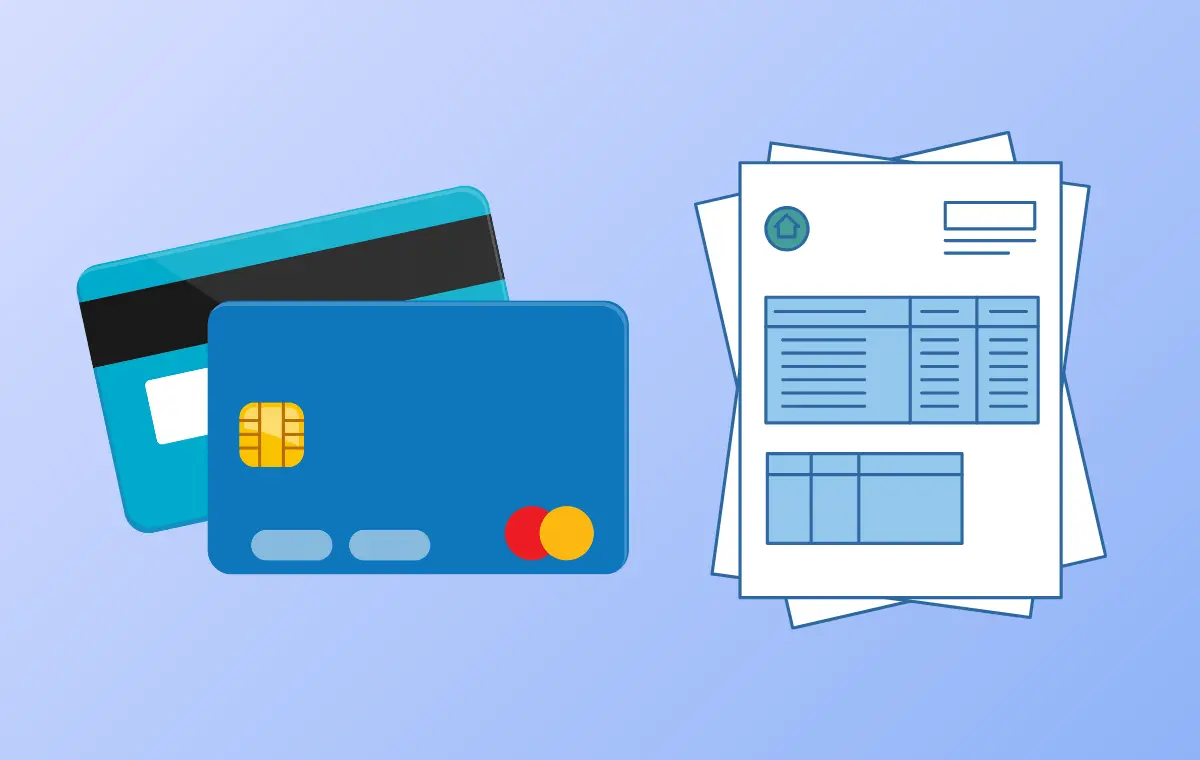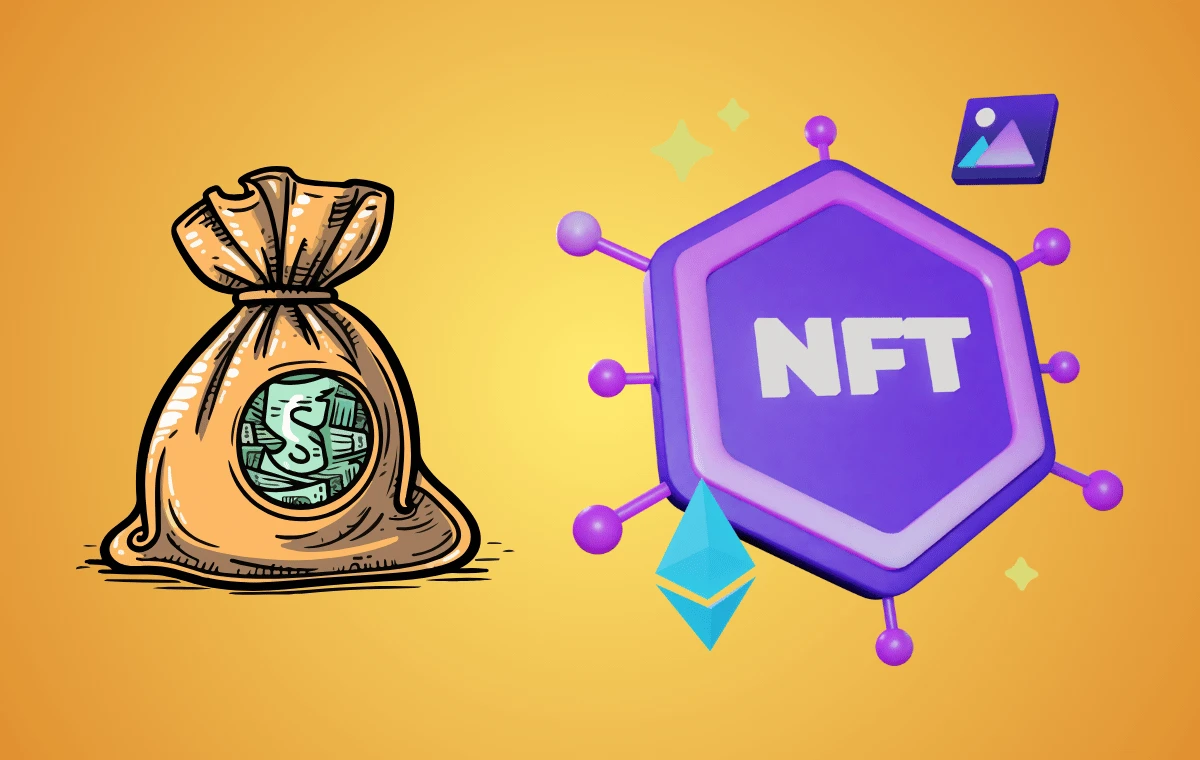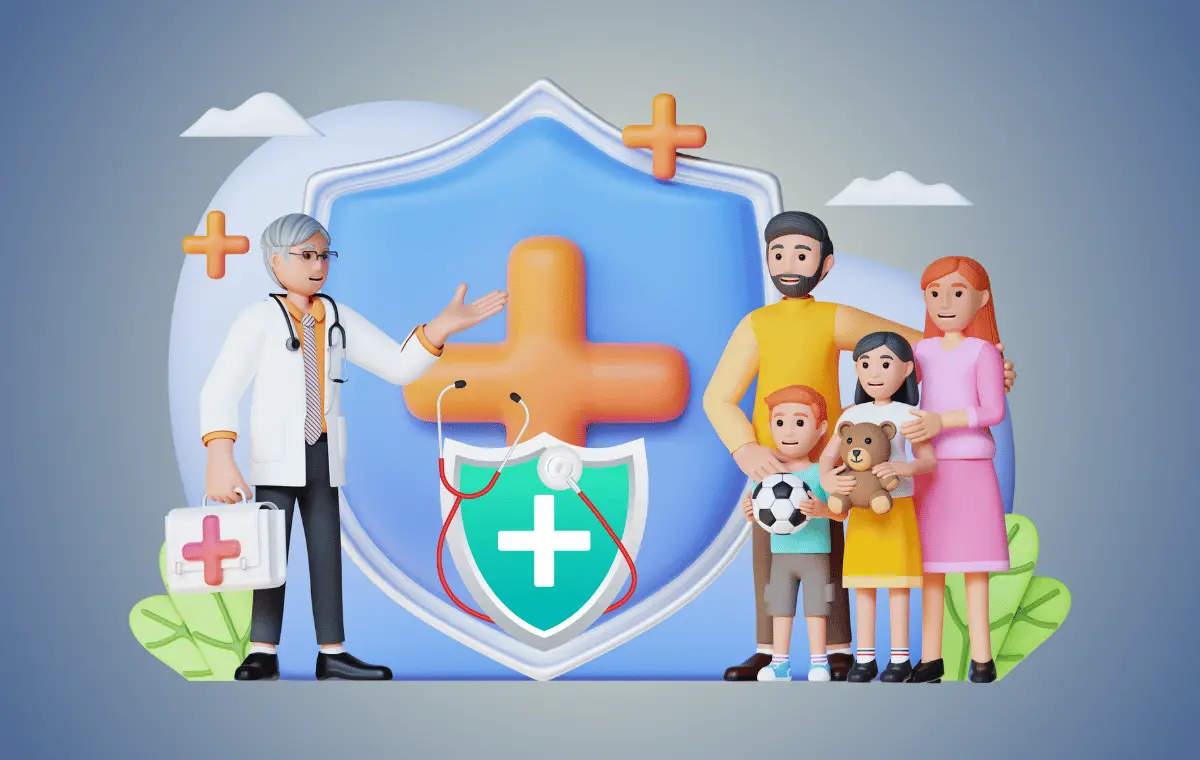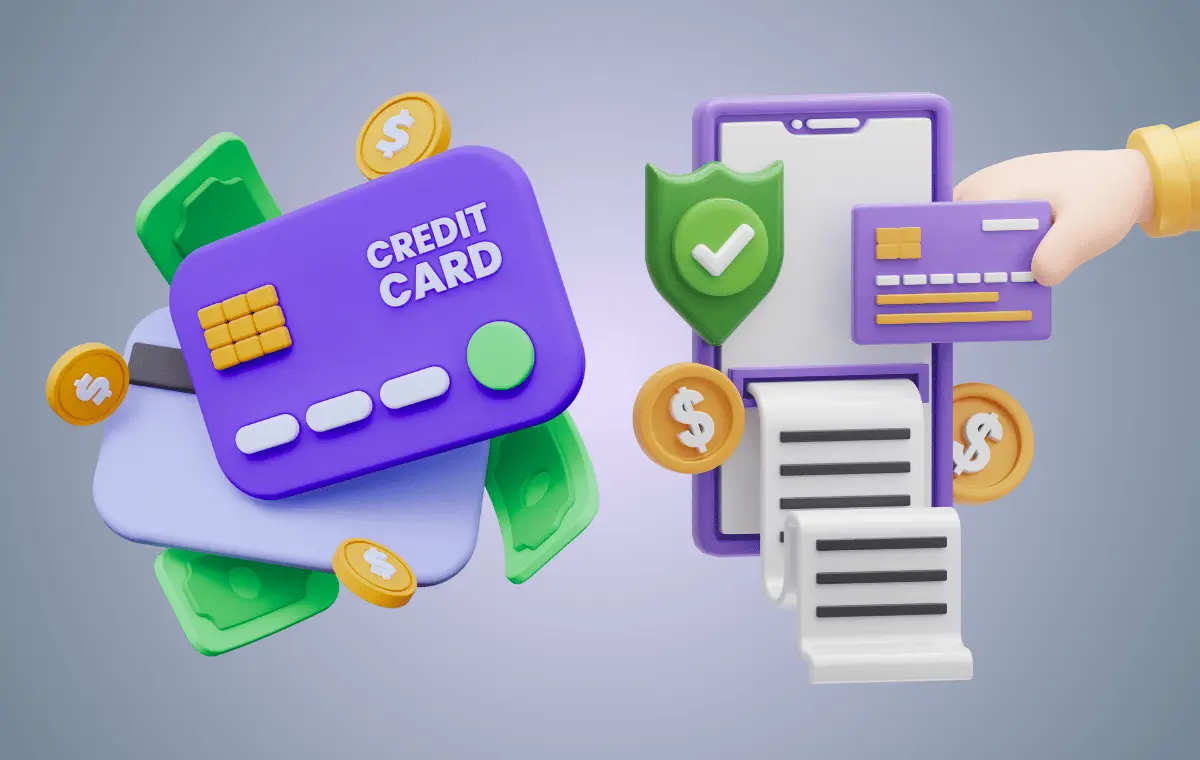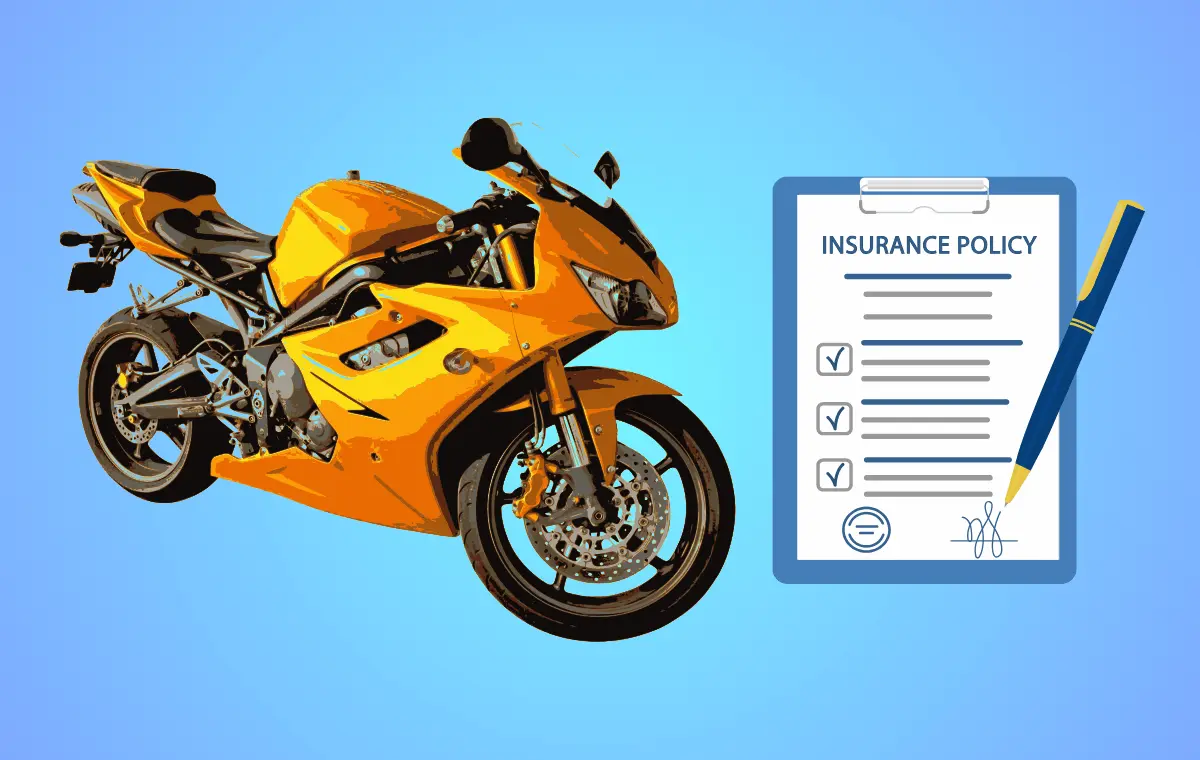Your credit card statement is more than just a bill—it’s a detailed record of your spending, payments, and charges that can provide valuable insights into your financial habits. Regularly reviewing your statement is essential for managing your credit wisely, catching errors, and avoiding unnecessary fees. Here are seven important things to check in your credit card statement each month:
1. Transaction Details
The first and most critical part of your credit card statement is the list of all transactions made during the billing cycle. This includes purchases, payments, refunds, and any fees or charges.
What to Check:
- Verify every transaction to ensure it matches your receipts and personal records.
- Look out for unfamiliar charges, which could indicate fraud or errors.
- Pay attention to recurring charges or subscriptions that you might no longer need or recognize.
Tip: Report any suspicious or unauthorized transactions to your credit card issuer immediately to avoid liability.
2. Payment Due Date and Minimum Payment
Your payment due date and the minimum payment required are key elements to check on your statement. Missing a payment or paying less than the minimum can result in late fees and negatively impact your credit score.
What to Check:
- Note the due date and ensure you schedule your payment on or before this date.
- Check the minimum payment amount to avoid late fees, but try to pay more than the minimum to reduce interest costs.
Tip: Setting up automatic payments for at least the minimum amount can help you avoid late fees and maintain your credit score.
3. Interest Charges and APR
Interest charges can significantly increase your overall debt if not managed properly. It’s important to understand how much interest you’re being charged, especially if you carry a balance.
What to Check:
- Review the interest charges applied during the billing cycle.
- Check the Annual Percentage Rate (APR) for purchases, cash advances, and balance transfers, as they can vary.
- If interest charges seem higher than expected, consider reviewing your spending habits or paying down your balance faster.
Tip: Pay your balance in full each month to avoid interest charges altogether.
4. Fees and Penalties
Credit card issuers may charge various fees, such as late payment fees, over-limit fees, foreign transaction fees, or cash advance fees. These fees can add up quickly if not monitored.
What to Check:
- Look for any fees applied during the billing cycle and understand why they were charged.
- Check if there are ways to avoid these fees in the future, such as by setting up alerts for due dates or avoiding cash advances.
Tip: Contact your credit card issuer if you believe a fee was charged in error or if you’re a first-time offender, as they may waive the fee as a courtesy.
5. Rewards and Benefits
If you have a rewards credit card, your statement will include details about the points, miles, or cashback you’ve earned during the billing cycle. This is a good opportunity to make sure you’re getting the most out of your card’s benefits.
What to Check:
- Review the rewards earned and ensure they align with your spending.
- Check for any expiration dates on rewards, especially if they’re points or miles.
- Look for special offers or promotions that can help you earn additional rewards.
Tip: Consider using your rewards for statement credits, travel, or other perks to maximize their value.
6. Credit Utilization Ratio
Your credit utilization ratio is the percentage of your credit limit that you’re using, and it’s a significant factor in your credit score. High utilization can negatively impact your score, so it’s important to keep this ratio in check.
What to Check:
- Look at your current balance relative to your credit limit to calculate your utilization ratio.
- Aim to keep your utilization below 30% of your total credit limit.
Tip: If your utilization is consistently high, consider requesting a credit limit increase or paying your balance more frequently.
7. Previous Balance and New Balance
Your statement will show your previous balance (the amount you owed at the end of the last billing cycle) and your new balance (the amount you owe at the end of the current billing cycle).
What to Check:
- Compare the previous and new balances to understand your spending patterns.
- If your balance is consistently increasing, it may be time to adjust your spending or focus on paying down your debt.
Tip: Keeping your balance low not only saves you money on interest but also positively impacts your credit score.
Conclusion
Regularly reviewing your credit card statement is essential for managing your finances effectively. By checking these seven key elements—transaction details, payment due date and minimum payment, interest charges, fees, rewards, credit utilization, and balances—you can avoid costly mistakes, detect fraud early, and make the most of your credit card benefits. Stay proactive in managing your credit card account, and use your statement as a tool to stay on top of your financial health.
